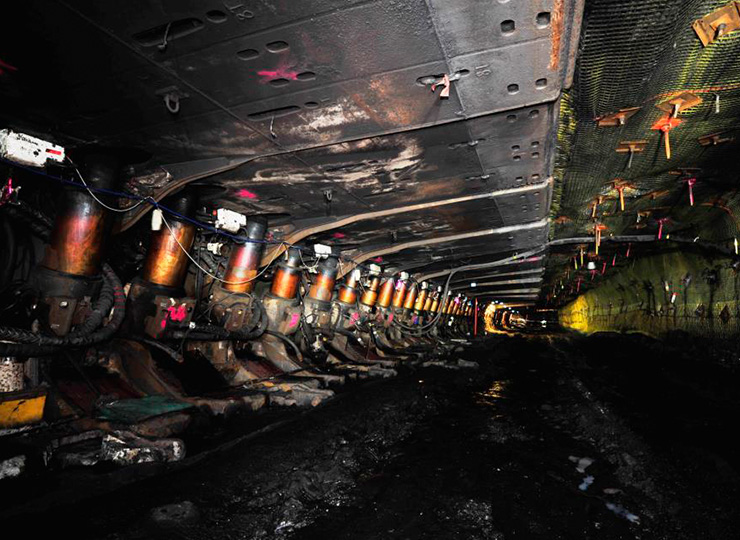Overview
The role of the Standing Dust Committee is to:
- Monitor the results of nominated hazard sampling
- Evaluate results and discuss improvement strategies
- Identify hazards which may present emerging health issues
- Research improved control strategies and methods for nominated hazards
- Educate mine personnel in control of nominated hazards
- Report back to industry stakeholders in the form of Airborne Contaminants and Occupational Hygiene Bulletins
The Standing Dust Committee meets every two months to review all dust exceedances, including factors that may be contributing to the exceedances. There is also a review of any investigations and controls that may have been implemented following exceedances. This information is distributed across the industry via committee members that represent industry stakeholders.
Background
In the decade leading up to the creation of the Joint Coal Board (now Coal Services), the problem of dust-related lung disease amongst coalmine workers attracted widespread public attention, resulting in the 1939 Royal Commission into Health and Safety recommending a minimum dust concentration standard. The creation of the Joint Coal Board in 1947 provided greater institutional and government commitment to enforcing compliance with this dust standard and the Board began to manage dust suppression techniques and practices that had been mandated by amendments to the Coal Mines Regulation Act.
At that time, pneumoconiosis prevalence was 16 per cent (all categories) and 4.5 per cent (category two or worse). The Standing Committee on Dust Research and Control was established by the Joint Coal Board in 1954 to drive the strategic monitoring of dust levels and to support research on methods of dust suppression. Representatives were drawn from colliery proprietors, mining unions, government departments and JCB medical and engineering personnel.
Achievements
Over the years, the Standing Dust Committee has initiated a number of innovative and important changes in dust control techniques within the industry and produced publications which have been widely circulated. These include, but are not limited to:
- technical bulletins and reports; publications such as the ‘Respirable Dust in Coal Mines’ booklet; ‘Dust the Invisible Killer’ booklet and video; ‘Respirable Quartz’ booklet and the ‘Diesel Particulate’ booklet and video. See Publications and links for more information
- introduction of disposable masks for underground use
- the decision to amend the Coal Mines Regulation Act to implement gravimetric dust sampling in 1983 was based on recommendations from the Standing Dust Committee following extensive discussions, pilot studies and worldwide literature searches undertaken by the Committee
- in 1997 the Committee became involved in monitoring personal exposure levels for diesel particulate matter (DPM) and organised seminars on DPM monitoring in Australia to discuss directions the coal industry may take on the issue. A DPM recommended exposure limit was subsequently introduced into the NSW coal industry
- the Committee developed a working relationship with representatives of the National Institute of Occupational Safety and Health (NIOSH), USA and provided updated statistical information and comments to them on dust exposure standards to assist in the revision of their own dust standards.
Events and Forums
To view any current or upcoming events or forums visit the industry forums page.
Share this page

